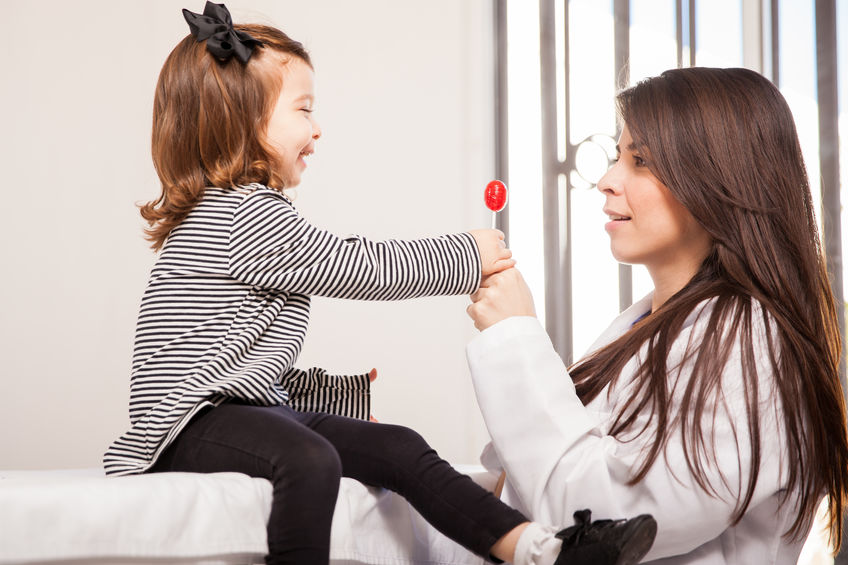
Reward systems are a great way to encourage good behavior in our kids. According to psychologist Alan Kazdin, reward systems use “repeated practice” to make good behavior more routine, no matter what age your child is. So, if you’d like to implement a reward system in your home, here are some ways to go about it.
Toddlers and Preschoolers
When it comes to younger children such as toddlers or preschoolers, a simple sticker chart will usually do the trick. Let them choose their favorite stickers and then give them a sticker to place on a chart every time they exhibit behavior you’d like to encourage. Choose one behavior to work on at a time, keeping the goal simple to start.
School-Age
Children who are six years of age or older typically require more motivation than just stickers. You can use a sticker chart to keep track of their good behavior, but you should be giving them a big reward at the end of it. For example, if your child has earned five stickers in a row, you can take them out for some ice cream. If they have a month full of stickers, you can give them an even bigger reward, such as a toy or stuffed animal.
Teenagers
Teenagers aren’t going to be motivated by your typical reward system. Instead, you’ll have to think outside of the box. Consider focus on privileges, rather than items. For example, you can let them borrow your car or go out with their friends for the night after they’ve exhibited consistent good behavior.
Do you want to reward your child for their positive behavior? Then consider getting them a stuffable animal at The Zoo Factory. Look through our inventory or contact us today to get started!
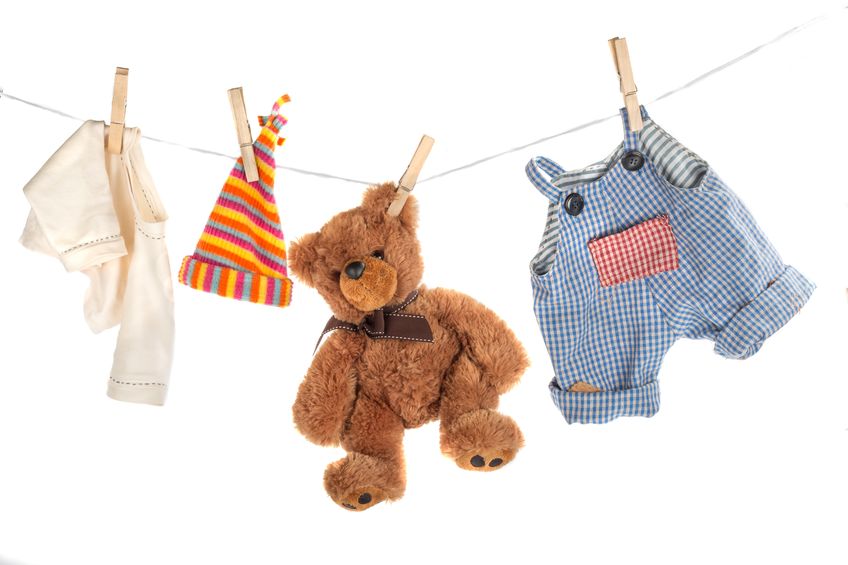

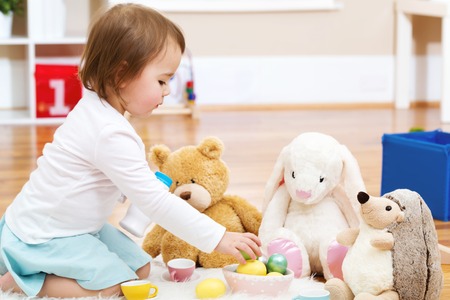
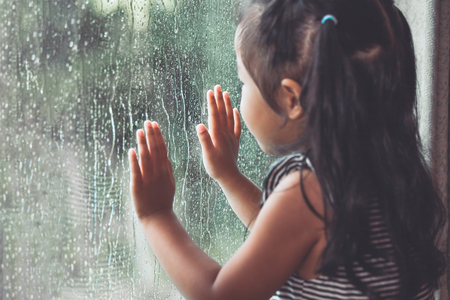

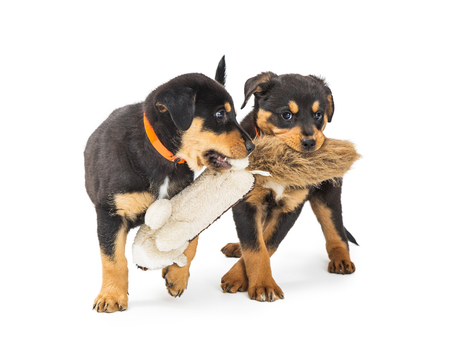
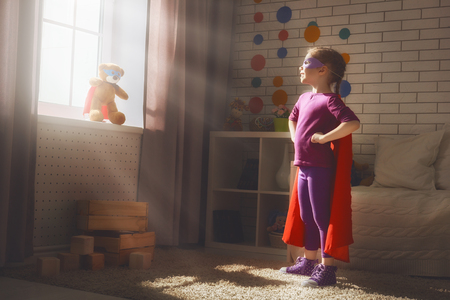
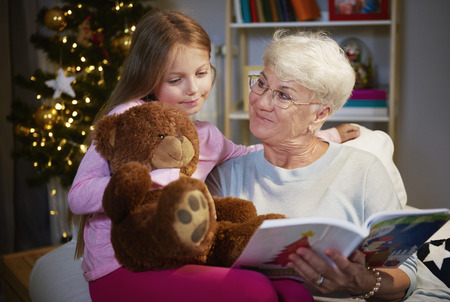
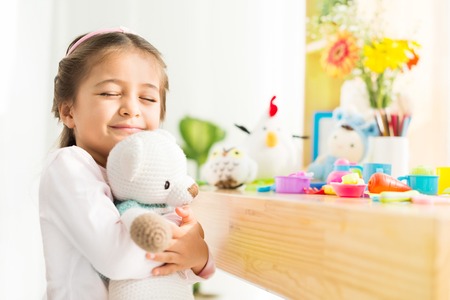
Recent Comments